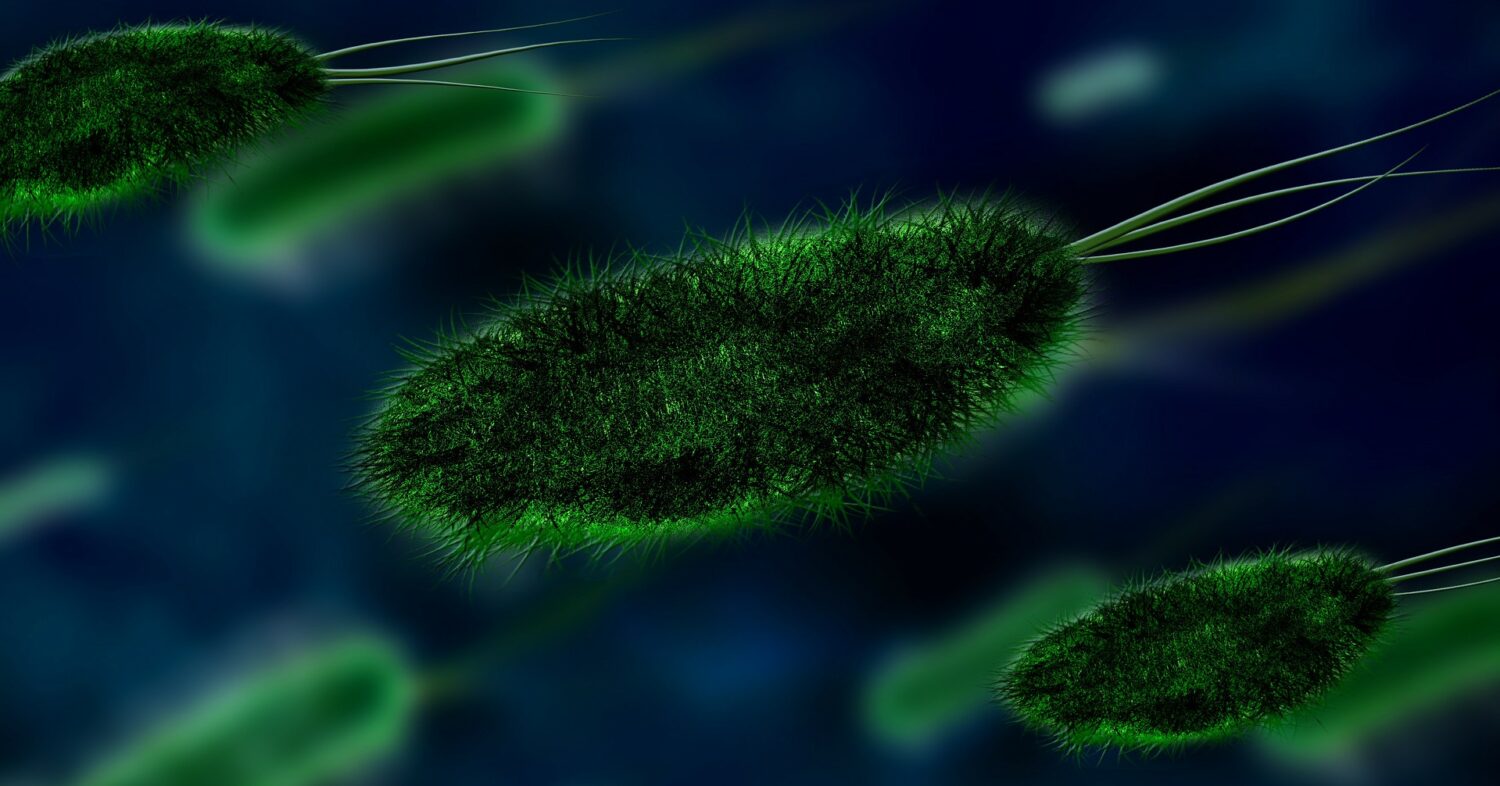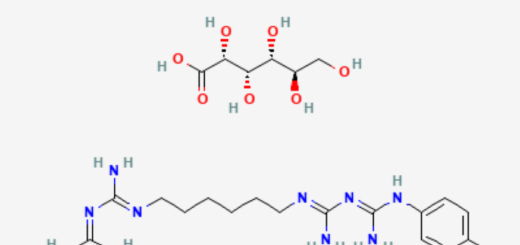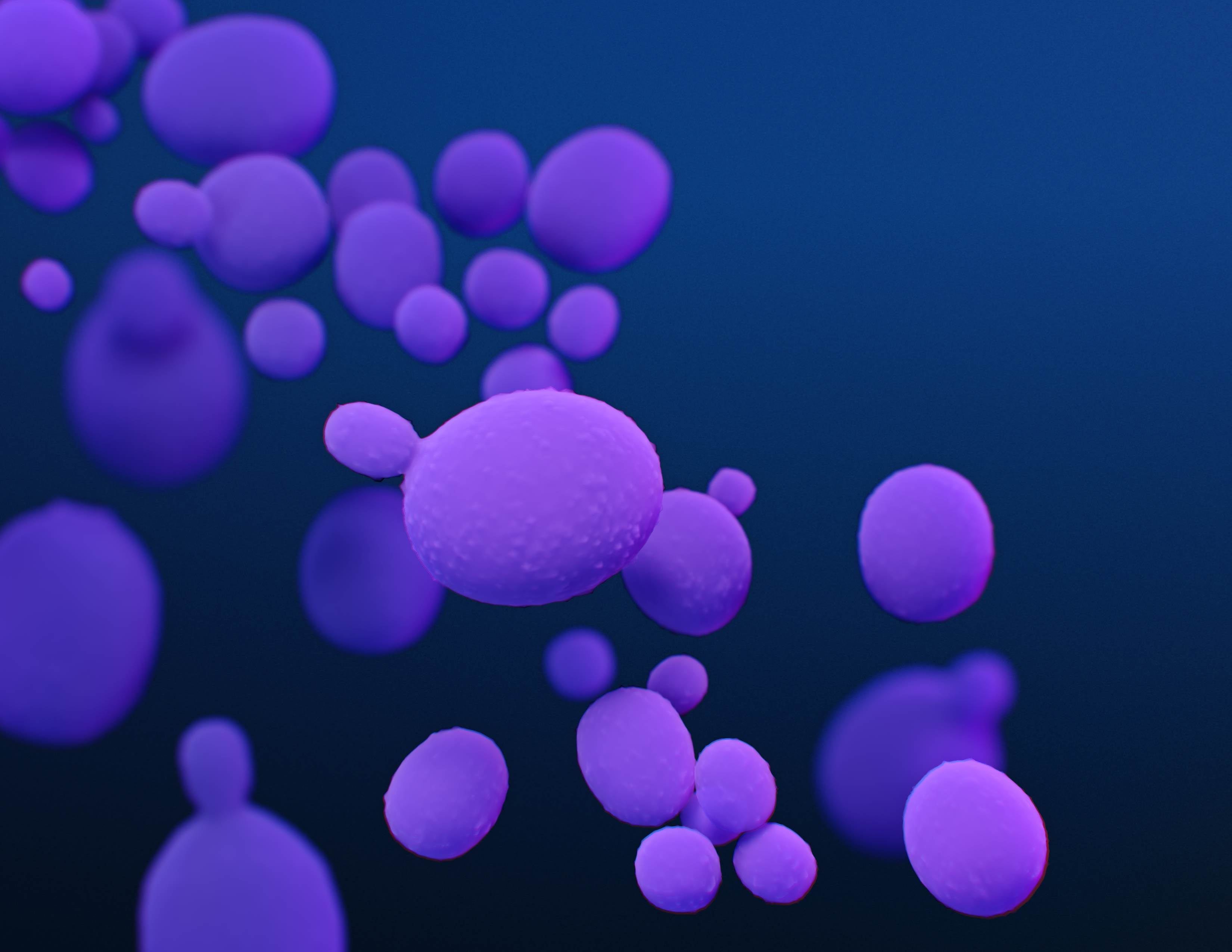Hand Hygiene With Soap and Water: The 5 Most Common Mistakes and How to Fix Them
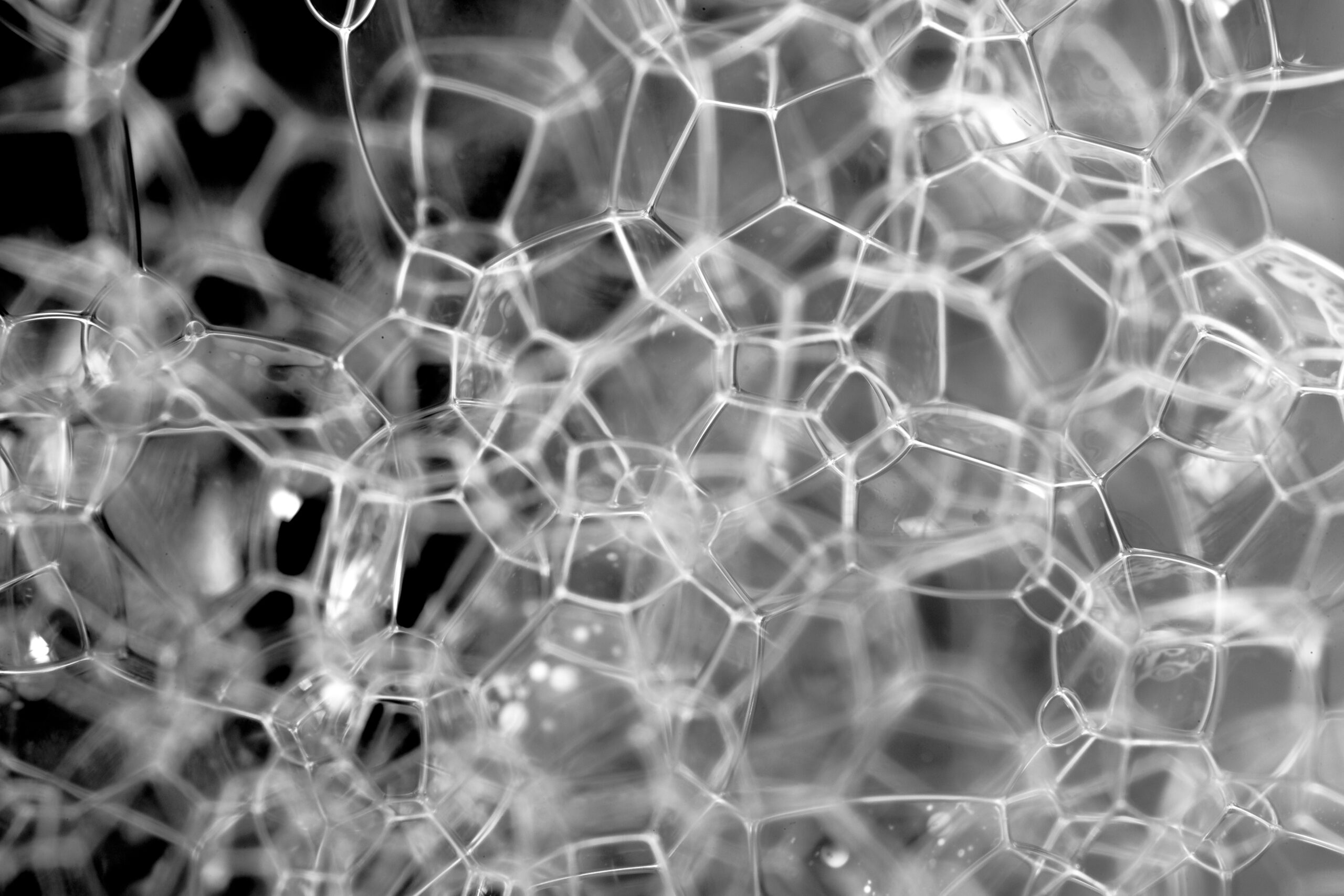
Hand hygiene can be a matter of life and death.
In 1848, Ignaz Semmelweis, the “father of hand hygiene,” demonstrated a relationship between increased rates of maternal death and contaminated hands in an Austrian hospital. After instituting a strict hand hygiene program, death rates dropped dramatically.
Handwashing is not just a practice — it’s an art. There are right and wrong ways to do it.
But it’s not difficult. We just need to take the one minute necessary to do it correctly.
There are common mistakes we make when washing our hands with soap and water. That’s one reason the CDC recommends hand hygiene with alcohol-based hand sanitizer (ABHS) over soap and water for most clinical situations.
However, many healthcare professionals prefer soap and water to ABHS for routine hand hygiene. That’s why uncovering the most common mistakes and how to fix them is important.
And we can all stand to review our process and make any necessary corrections.

5 Most Common Mistakes When Washing Hands With Soap and Water
- Applying Soap Before Wetting Hands With Water
Wetting hands before applying soap allows the soap to lather better than if you apply soap to dry hands — even if liquid or foam soap.
Soap is a surfactant that lifts oil from your skin, and it’s the oil that helps dirt and microbes stick to your skin. A better lather creates more micelles which will help lift more oil and trap more dirt and microbes. That means more oil, dirt and microbes are removed from your hands when you rinse.
- Using Too Little Volume of Soap
Not using enough soap to generate a lather that covers both sides of both hands will result in fewer micelles being formed. Fewer micelles mean less oil, dirt and microbes are removed from your hands, thus hands can remain contaminated.
If you find you used too little soap, wash your hands a second time.

- Scrubbing for Less Than 20 Seconds
To form a soapy lather, you need to scrub your hands. Scrubbing for at least 20 seconds has been shown to remove pathogens from your hands. The physical action of scrubbing not only lifts oil, dirt and microbes off your skin, scrubbing also kills microbes.
And consider this because I know 20 seconds can feel like an eternity: You deserve a 20-second break to catch your breath and check in with yourself. Take the time.
- Missing Your Thumbs, Fingertips and Finger Webs
We are great at washing our palms, but we tend to overlook specifically washing our thumbs, fingertips, and finger webs. This WHO poster is a great guidance document on just how to get those precious digits.
If you think about it, it’s not our palms that open doors, pull curtains, adjust pump settings, push meds, etcetera; it’s really our fingers that do the work.
- Scrubbing Under Running Water
I see this a lot.
Lather and scrub your hands for at least 20 seconds away from running water. It’s imperative.
If you scrub under running water, then you are rinsing — not washing. So, do all your lathering and scrubbing away from running water.
Think of it this way: if you load your washing machine with laundry detergent and dirty clothes but select “rinse” instead of “wash,” then you did not wash your clothes.

Missing Hand Hygiene After Glove Removal
This isn’t specific to soap and water hand hygiene, but it is so important I’d be remiss if I didn’t address it.
Hand hygiene, whether soap and water or ABHS, must be performed after glove removal.
Gloves have never been and will never be a substitute for hand hygiene. Never. Ever.
Don’t get me wrong, I love me some gloves (remember, I was a microbiologist)!
Gloves are great for use as personal protective equipment against direct contact with contaminated surfaces, blood, other bodily fluids, and any unknown wetness, but they don’t provide 100% guaranteed protection (they could have micro holes in them).
Our hands tend to sweat in gloves when worn for extended periods of time; and for some, it only takes a minute or two. That warm moisture provides an ideal atmosphere for microbial growth, which warrants hand hygiene.
And to top it off, doffing gloves can contaminate your hands.
It bears repeating — hand hygiene after glove removal.
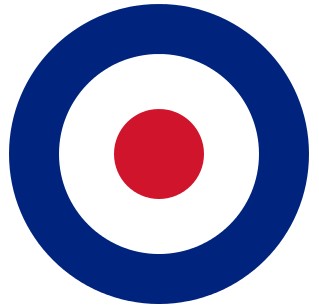
Call To Action
Watch the WHO video demonstrating soap and water hand hygiene.
Get comfortable following their process. It’s the process each hospital I have worked in follows so it’s probably your facility’s process, too. But in case it’s not, please follow your facility’s process.
Take advantage of your facility-approved staff hand lotion (it should be CHG-compatible). Your hands are susceptible to dryness from excessive exposure to soap and water.
Pat dry with a paper towel after rinsing. Rubbing can dry out your skin even more.
And above all else, feel confident taking the time needed to correctly wash your hands (and catch your breath).
You and your patients deserve it.
